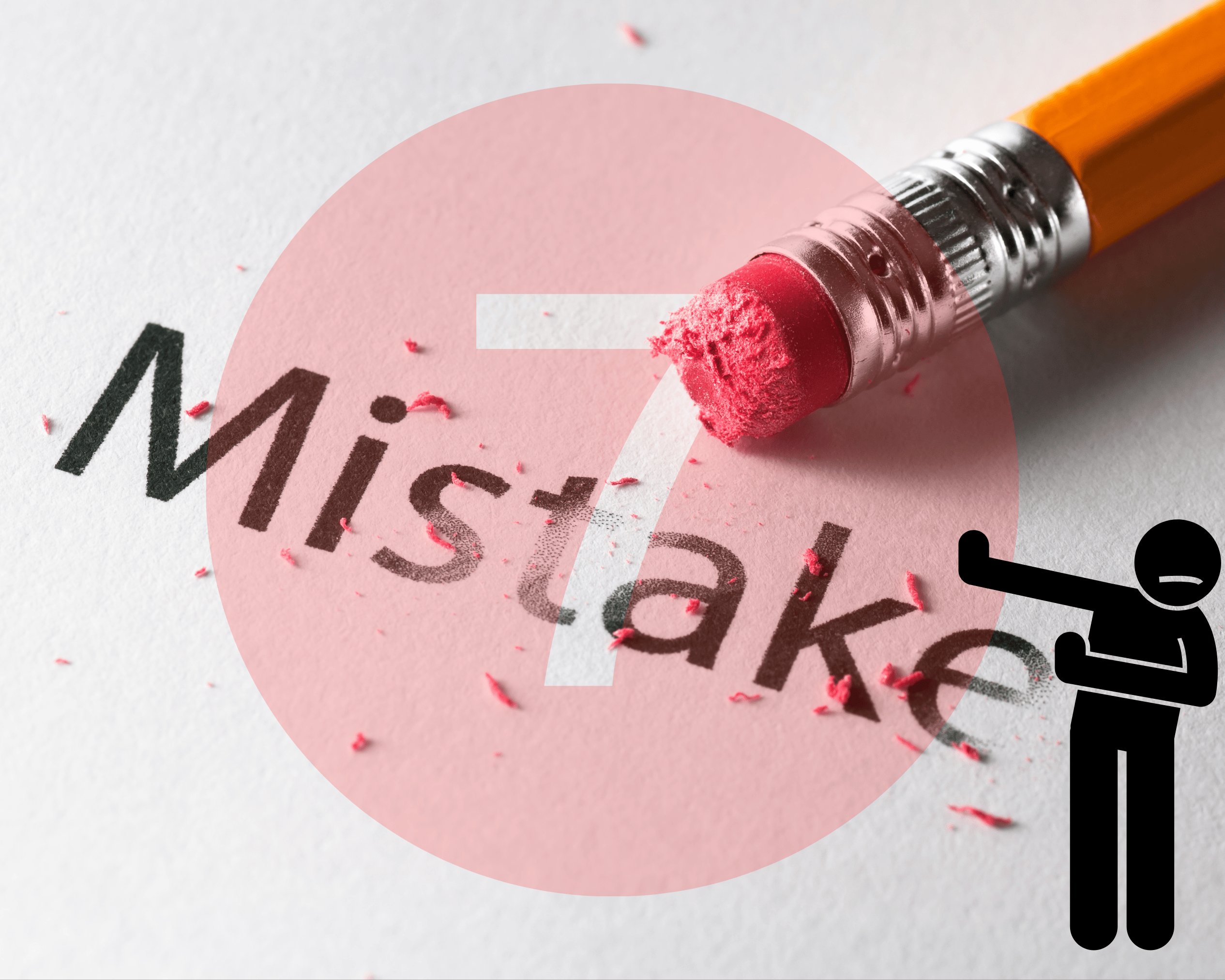When it comes to SBA loans, speed can make or break your plans - especially for time-sensitive deals like business acquisitions. The choice between using an SBA loan broker or going directly to a bank significantly impacts how quickly you get funding. Here’s the quick takeaway:
- SBA Loan Brokers: Brokers connect you with multiple lenders, handle paperwork, and streamline the process. They typically get funding approved in 45-75 days. Their expertise and lender relationships often reduce delays.
- Direct Banks: Banks manage the process in-house but often take longer, with timelines ranging from 61-110 days. Preferred SBA lenders may move faster, but borrowers handle most of the work themselves.
Quick Comparison
| Process Step | SBA Loan Brokers | Direct Banks |
|---|---|---|
| Consultation | 1-2 days | 3-7 days |
| Documentation Prep | 5-10 days (assisted) | 10-20 days (self-managed) |
| Underwriting & SBA Approval | 25-40 days | 35-60 days |
| Total Timeline | 41-67 days | 61-110 days |
Key Insight: Brokers are faster for complex, urgent loans, while banks are better for straightforward cases where cost savings matter. Choose based on your timeline, deal complexity, and how much work you’re willing to handle yourself.
How SBA Loan Brokers Work: Process and Timelines
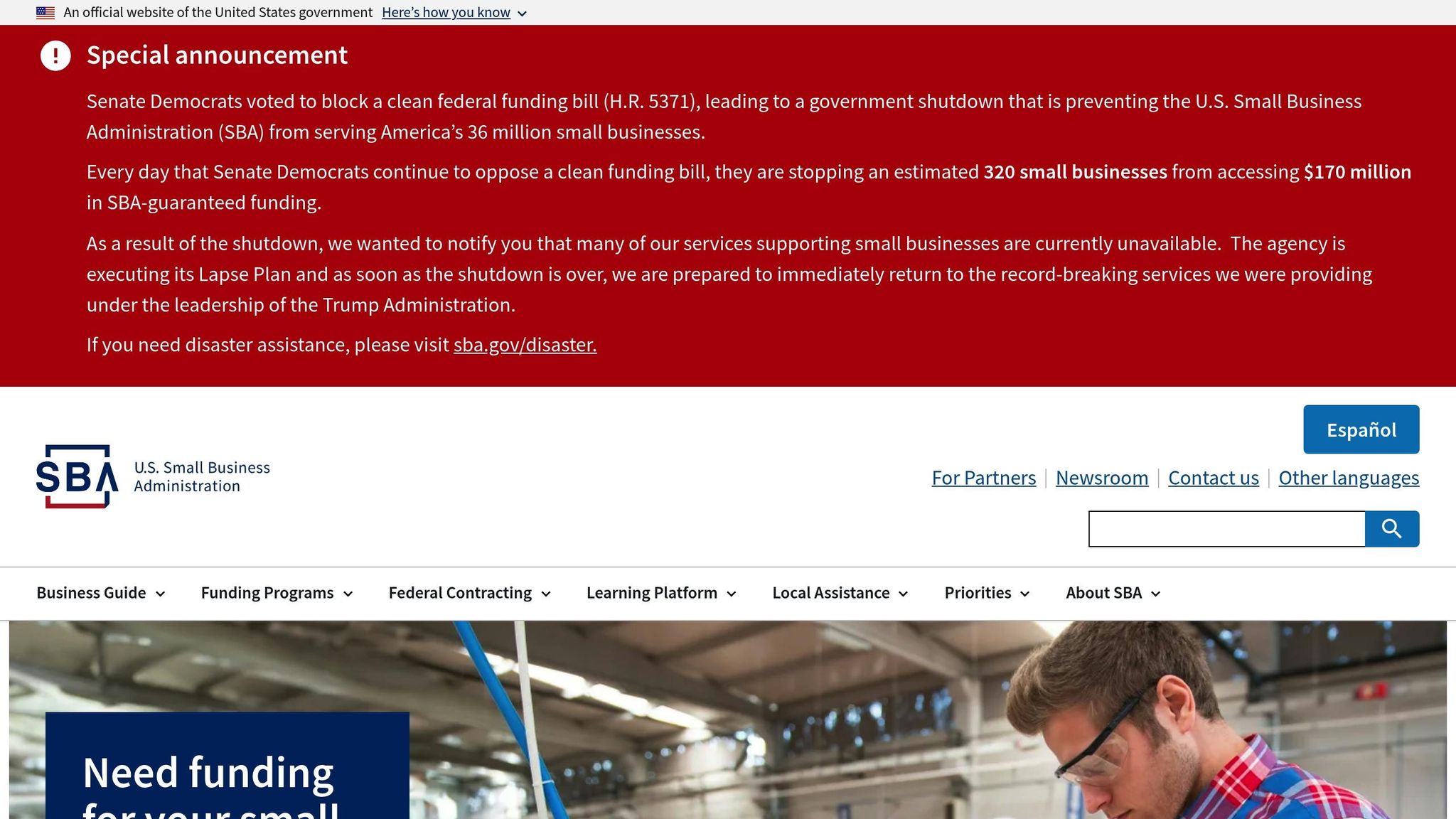
Step-by-Step Process with a Broker
When you work with an SBA loan broker, the process is laid out clearly, step by step. It all starts with an initial consultation, where the broker takes a close look at your financial situation and funding needs. This includes reviewing your credit score, cash flow statements, and business plan to figure out which SBA loan programs are the best fit for you.
Next is the lender matchmaking phase. Brokers use their network to connect you with lenders who specialize in deals like yours. They consider factors like your industry, the loan amount you're seeking, and how quickly you need the funds. This targeted approach avoids the common pitfall of applying to lenders who rarely approve loans for businesses in your sector or of your size.
Once a lender is identified, the broker prepares a complete loan package. This includes your business plan, financial projections, tax returns, and all the necessary SBA forms. Brokers know exactly what each lender wants and tailor your application to meet those expectations. This reduces delays caused by back-and-forth requests for missing or incomplete documentation.
Finally, the broker submits your application and stays on top of lender questions, ensuring the process moves forward without unnecessary delays.
This structured process is designed to make the approval process as smooth and efficient as possible.
How Brokers Speed Up the Process
Beyond following a clear process, brokers have strategies to speed things up even more:
- Their relationships with lenders give your application an edge. Many brokers work with the same loan officers repeatedly, earning trust that can lead to quicker reviews and decisions.
- Pre-qualification screening helps avoid wasted time. Brokers can quickly identify lenders who are likely to approve your loan, saving you from the frustration of rejections and restarting the process with new lenders.
- They stay up-to-date on lender requirements. Brokers know which lenders are actively seeking loans in your industry and which ones might be tightening their criteria. This knowledge ensures your application lands with the right lender from the start.
- The quality of the loan package brokers prepare is often superior to what borrowers might create on their own. A complete, well-organized application moves through underwriting faster because there’s no need for lenders to chase down missing information.
Average Timelines for Broker-Assisted Loans
When you work with an experienced broker, the typical SBA loan process takes about 45 to 75 days from your first consultation to receiving funds. Here’s how that breaks down:
- The preparation phase - gathering documents, preparing your loan package, and identifying lenders - usually takes 7 to 14 days. If you already have your financial paperwork in order, this step can go even faster.
- Lender selection and submission happens quickly, typically within 3 to 5 days after your loan package is ready. Brokers may even submit to multiple lenders at once if it makes sense for your situation.
- The underwriting and approval phase takes the longest, about 30 to 45 days. During this time, lenders review your application, order appraisals if needed, and secure SBA approval. Brokers actively manage this phase, responding to lender requests to keep things moving.
- Final documentation and funding takes another 7 to 14 days after approval. This includes preparing the loan documents, conducting the closing, and transferring the funds to your account.
For business acquisition loans, brokers often work even faster because they know timing is critical. If you’re well-prepared and the deal is straightforward, funding can sometimes be completed in as little as 30 to 45 days.
Ultimately, how quickly the process moves depends a lot on your readiness. Borrowers who provide all required documents upfront and respond promptly to broker or lender requests are more likely to close their loans on the shorter end of these timelines.
How Direct Banks Work: Process and Timelines
Step-by-Step Process with a Direct Bank
When you apply for a loan directly through a bank, you work exclusively with the bank's internal team from start to finish. The process kicks off with pre-qualification, where you'll connect with a business banker or SBA loan officer. During this stage, they'll review your financial details, credit history, and business needs to see if you meet their lending requirements.
Next comes the application and documentation phase. Here, you're responsible for gathering and organizing all the necessary paperwork. Unlike working with a broker, you’ll handle this step entirely on your own.
Once your application is submitted, it moves into the bank's internal underwriting process. This involves an initial financial review, and for larger loan amounts, it may require additional evaluation by a senior credit officer or even an internal committee.
If the bank doesn’t have SBA Preferred Lender status, your loan will then be sent to the SBA for final approval. Banks with Preferred Lender status, however, can make credit decisions themselves while still adhering to SBA guidelines. After all approvals are secured, the bank prepares the legal documents and schedules the closing.
Factors That Affect Direct Bank Timelines
Several internal factors can impact the speed of the loan process when working with a direct bank. One critical factor is whether the bank holds SBA Preferred Lender status. Preferred Lenders can make credit decisions in-house, skipping the need for SBA review and potentially speeding up the process. On the other hand, non-preferred lenders must send loans to the SBA for approval, which adds extra time.
The size of the bank and its loan volume also play a role. Larger banks might have more resources but could face delays due to high loan demand. Smaller community banks may offer more personalized attention but might lack specialized SBA expertise.
Approval processes within banks can vary as well. Some institutions require multiple layers of approval for larger loans, while others give more decision-making power to individual loan officers. Staffing levels and the experience of the team handling your application also influence how quickly things move. Even seasonal lending patterns can affect timelines, as banks may slow down during busy periods or when approaching their lending limits.
Average Timelines for Direct Bank Loans
These internal factors directly affect how long it takes to process a loan. The timeline for SBA loans through direct banks can vary significantly depending on the complexity of your application and the bank's internal processes. Preparing your application depends largely on how quickly you can gather the required documentation. The internal review and approval phase, which includes credit checks and committee evaluations, typically takes the most time. For banks that must submit loans to the SBA, the added review step extends the process further. Finally, the documentation and closing phase - covering legal reviews and signatures - adds additional time.
For more complex loans, like those for purchasing an existing business, the timeline may stretch further due to unique underwriting requirements. While straightforward applications might move quickly, others can encounter delays that significantly lengthen the funding process. Understanding these steps and variables is crucial when comparing the speed of direct bank loans to broker-assisted SBA loans.
Side-by-Side Comparison: Which Option Gets You Funded Faster?
Comparison Table: Brokers vs. Direct Banks
If speed is your top priority, comparing brokers and direct banks side by side reveals how each performs across the loan process.
| Process Step | SBA Loan Brokers | Direct Banks |
|---|---|---|
| Consultation | 1-2 days | 3-7 days |
| Documentation Prep | 5-10 days (broker assists) | 10-20 days (borrower handles alone) |
| Lender Matching | 2-3 days (multiple options) | N/A (single lender) |
| Application Submission | 1-2 days | 3-5 days |
| Underwriting Review | 15-25 days | 20-35 days |
| SBA Approval | 10-15 days | 15-25 days (non-preferred lenders) |
| Closing Process | 7-10 days | 10-15 days |
| Total Timeline | 41-67 days | 61-110 days |
This breakdown shows how brokers and direct banks differ, step by step. Let’s dive deeper into what gives each option its timing advantage.
Where Brokers Beat Banks
Brokers rely on their wide network of lenders and expertise in loan packaging to shave time off the process. Their ability to pre-screen borrowers ensures only qualified options move forward, cutting out unnecessary delays. Plus, brokers’ established relationships with multiple banks often lead to faster reviews and quicker decisions, giving you more options in less time.
Where Banks Beat Brokers
Direct banks have their own speed advantages, especially SBA Preferred Lenders. These banks can approve loans without waiting for SBA review, saving 10-15 days compared to non-preferred lenders.
Additionally, working directly with a bank means you have a single point of contact, reducing potential communication lags that can happen when coordinating through a broker. This direct line is particularly helpful during underwriting, where quick follow-ups keep things moving.
Specialized SBA lenders, like community banks, often have streamlined internal processes designed to handle SBA loans efficiently. If you already have an existing relationship with a bank, they can access your financial history right away, speeding up the early review stages compared to starting fresh with a broker.
These differences highlight how each option caters to different needs, helping you decide which approach suits your funding timeline best.
Top 10 Reasons to Work with an SBA Loan Broker vs. Going Direct
sbb-itb-a3ef7c1
Factors That Influence Funding Speed
When it comes to securing SBA loans, speed isn't just about picking the right broker or bank. A mix of borrower readiness, the complexity of the deal, and the expertise of the lender can all play a role in how quickly funds are processed.
Borrower Preparedness and Documentation
Being prepared is one of the best ways to speed up SBA loan processing. Submitting complete and accurate documentation can save valuable time, while errors or missing paperwork can lead to frustrating delays.
SBA loans typically require a comprehensive set of documents, including tax returns, financial statements, licenses, and detailed business plans. For certain types of loans, like acquisition loans, additional paperwork - such as purchase agreements or asset valuations - may also be necessary.
"As SBA approvals typically take 30-90 days, expediting document collection is one of the most value-adding tasks a broker can render an SBA applicant."
Brokers are particularly helpful in this process. They assist borrowers in gathering and organizing required documents, ensuring everything is accurate and complete to avoid unnecessary setbacks. Many brokers even use secure portals that offer features like document checklists, progress tracking, and real-time reviews to streamline the process.
Additionally, having a professional, such as an accountant, review your application before submission can help ensure all requirements are met and may improve your odds of approval.
The next factor to consider is how the complexity and size of your deal can impact processing times.
Deal Complexity and Loan Size
The nature of your loan request also plays a big role in determining how long it will take to process. Simpler deals, where financials are clear and the transaction structure is straightforward, tend to move through the system faster. On the other hand, larger or more complicated loans often require additional due diligence, which can slow things down.
For example, loans involving multiple business locations or those with additional financing components may require extra assessments, such as appraisals, which naturally extends the timeline.
Lender Specialization and SBA Program Requirements
The lender’s expertise can make or break the speed of the loan process. Lenders with dedicated SBA teams and streamlined workflows are usually more efficient. However, the specific requirements of SBA programs can also influence timelines. For instance, loans tied to real estate often require appraisals or environmental assessments, adding extra steps to the process.
Working with a lender who understands your industry and local market can also help. Their familiarity with common documentation requirements and potential challenges can reduce delays during underwriting, keeping things on track.
Clearly Acquired's Role in Faster SBA Loan Funding
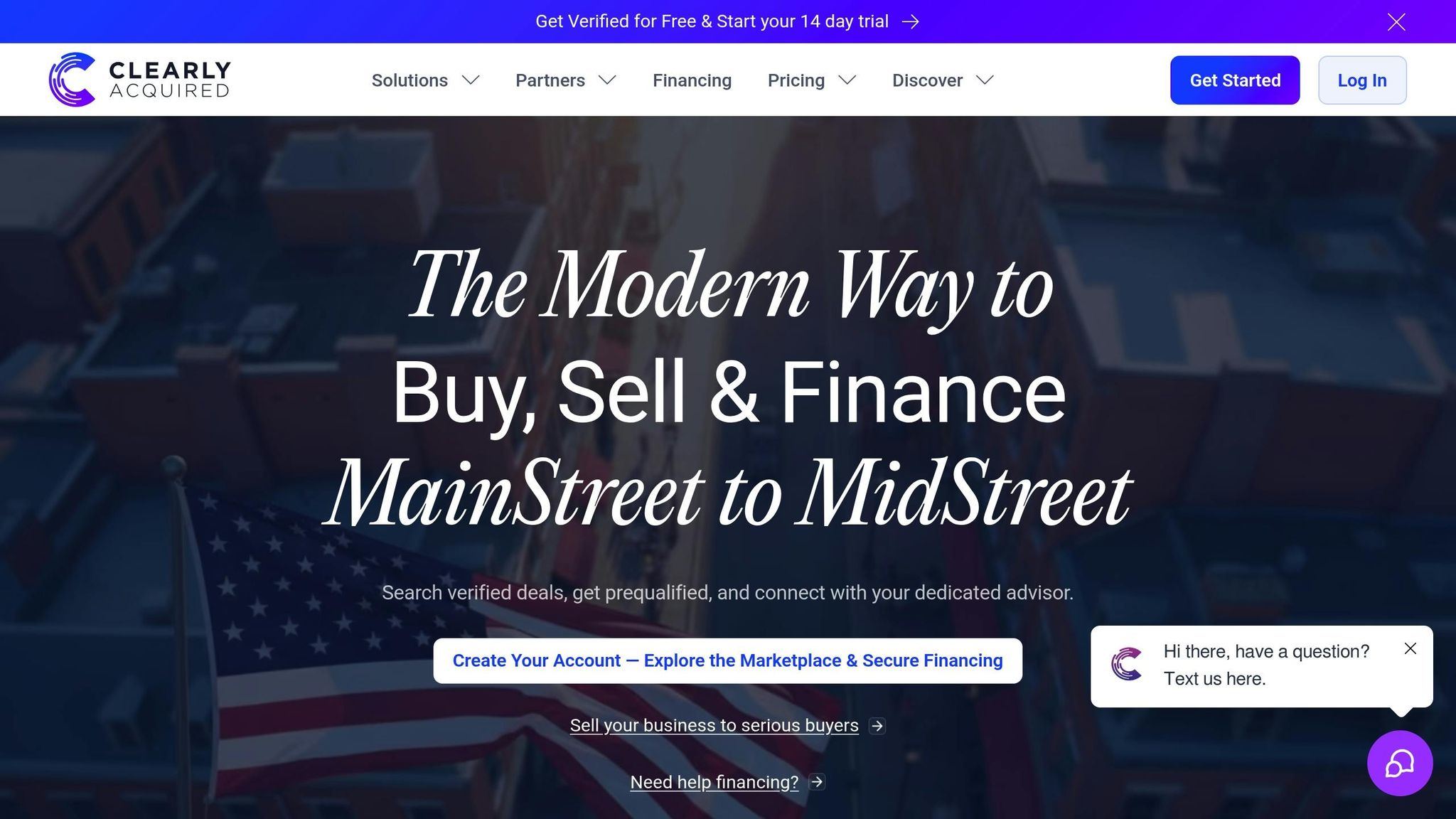
Clearly Acquired is designed to speed up your SBA loan process with a blend of AI-driven lender matching, automated document management, and efficient deal tracking. Let’s break down how its features contribute to faster SBA loan approvals.
AI-Powered Lender Matching for Speedy Approvals
Clearly Acquired uses artificial intelligence to eliminate common delays in the loan approval process. By analyzing key factors like loan amount, industry, credit profile, and deal structure, the platform matches borrowers with lenders who are most likely to approve their applications - instantly.
This targeted matching connects you with lenders who are already interested in your specific type of deal, cutting out the guesswork and avoiding wasted time with institutions that aren’t the right fit. It’s all about precision and efficiency.
Additionally, the platform integrates with Plaid for financial pre-qualification, automating the verification of bank statements and other financial data. This means lenders can assess your financial standing almost immediately, saving you days - or even weeks - of manual document submission.
Automated Document Collection and Verification
Handling paperwork is often one of the most time-consuming parts of securing a loan. Clearly Acquired simplifies this with its automated document collection and verification tools.
Using secure data rooms with built-in checklists, the platform ensures all required documents are centralized, properly formatted, and error-free. This is particularly valuable for complex transactions where even minor mistakes can lead to significant delays.
Deal Management Tools That Streamline the Process
Clearly Acquired offers a centralized hub for managing your loan application from start to finish. This hub keeps all communications and updates organized, ensuring that nothing gets overlooked - especially when dealing with multiple lenders or intricate acquisition deals.
The platform’s Import Hub with email deal forwarding automatically organizes opportunities and communications from various sources. This feature is a game-changer for borrowers juggling multiple lenders or managing deals with numerous moving parts.
For transactions involving creative financing structures like seller notes, earnouts, or mezzanine capital, Clearly Acquired provides tools to model and present these arrangements clearly. This reduces the need for lengthy back-and-forth discussions, helping to secure faster approvals.
On top of that, the system offers AI-powered business audits and growth insights, which help you highlight your deal’s strengths upfront. By addressing potential lender concerns early, you can avoid unnecessary delays and keep the process moving smoothly.
Choosing the Right Option for Your Funding Timeline
Main Takeaways from the Comparison
Looking back at the side-by-side comparison, here are the key points to keep in mind:
SBA loan brokers shine when speed and expertise are priorities. Thanks to their extensive networks and specialized knowledge, brokers often close loans faster than direct banks. They also handle most of the paperwork and lender communication, which can be a lifesaver for more complex transactions.
Direct banks are ideal for straightforward loans with lower costs. If your loan request is simple, your financials are strong, and your timeline is flexible, working directly with a bank can help you avoid extra fees. Plus, building a direct relationship with your lender can be a significant advantage for future financing.
| Factor | SBA Loan Broker | Direct Bank |
|---|---|---|
| Average Timeline | Generally shorter due to specialized processing | Tends to have longer processing times |
| Cost | Involves broker fees | Typically lower without intermediary fees |
| Best For | Complex deals and time-sensitive situations | Straightforward loans where cost savings are key |
| Your Involvement | Minimal, as brokers handle most communications | Higher, as you manage most interactions |
While brokers may charge additional fees, they often deliver quicker results and expert guidance. On the other hand, direct banks provide a more cost-effective option, though they require more personal involvement and tend to have longer processing times. These considerations can help you decide which route aligns best with your needs.
How to Make the Right Decision
To choose the best funding option, start by evaluating your specific situation, particularly your timeline and the complexity of your deal.
For urgent, time-sensitive deals, paying a broker’s fee might be worth it. Their speed and ability to navigate intricate processes can save time and effort. On the flip side, if your loan request is straightforward and you’re not in a rush, applying directly through a bank can save you money.
Complex transactions often benefit from a broker’s expertise. If your deal involves multiple financing sources or intricate requirements, brokers can connect you with the right lenders and streamline the approval process. However, for simpler needs - like working capital loans or equipment purchases with clear documentation - a direct bank application is usually sufficient.
Think about how much time you can dedicate to the process. Applying for an SBA loan involves gathering documents, coordinating with lenders, and responding to various requests. If you’re already juggling multiple responsibilities, a broker can handle much of this for you. But if you prefer direct control and have the time to manage the process, going straight to a bank might make more sense.
Consider the value of building a direct lender relationship. Working directly with an SBA lender can create opportunities for future financing and banking services. If you anticipate needing additional loans down the road, this relationship can be a long-term asset. However, if this loan is a one-time need, the efficiency of a broker might be more appealing.
Explore hybrid solutions. Some platforms, like Clearly Acquired, combine the expertise of brokers with advanced technology to simplify the lending process. These options can offer a balance of professional guidance, speed, and cost savings.
Ultimately, the right choice depends on your priorities. By weighing these trade-offs, you can pick the funding option that best fits your timeline and business goals.
FAQs
What are the benefits of working with an SBA loan broker instead of applying directly through a bank for time-sensitive business acquisitions?
SBA loan brokers connect you with a wide range of lenders, giving you a better shot at securing favorable terms, competitive rates, and flexible loan options. Their deep understanding of the loan process can save you valuable time and make the approval process smoother - especially when quick action is essential.
These brokers also excel at designing customized financing solutions that align with your specific needs, which is particularly helpful for time-sensitive business acquisitions. Thanks to their established relationships and industry experience, they can help you sidestep common delays and obstacles that often come up when dealing with a single bank.
How does working with an SBA loan broker affect the speed of loan approval?
Using an SBA loan broker can make the approval process smoother by connecting you with lenders that align with your specific business needs. Thanks to their established relationships with multiple lenders, brokers can quickly pinpoint the right match for your loan application. This approach often saves time compared to reaching out to lenders on your own.
Typically, the approval process for an SBA 7(a) loan takes about 60–90 days. However, working with a broker can sometimes speed things up. For smaller loans, approvals might happen in as little as 10 days, while more complex applications generally take around 30–45 days. The timeline often hinges on the broker's expertise and how efficiently the lender processes applications. If securing funding quickly is essential, a broker can be a helpful ally to get the job done faster.
What should I consider when choosing between an SBA loan broker and a direct bank?
When choosing between an SBA loan broker and a direct bank, it’s important to weigh the options based on what works best for your situation.
SBA loan brokers can connect you to a broader network of lenders, potentially giving you access to better loan terms or more flexible structures. They’re particularly helpful when dealing with complex loan arrangements, as they guide you through the process. However, this expertise comes at a cost - brokers typically charge fees, often calculated as a percentage of your loan amount.
Direct banks, on the other hand, can sometimes move faster with approvals since you’re dealing with the lender directly. This can be a big advantage if you’re working under a tight deadline. That said, banks often have stricter loan terms and less room for negotiation compared to what a broker might be able to arrange.
The best choice depends on factors like your financial goals, how quickly you need funding, and how complicated your loan requirements are.







.png)




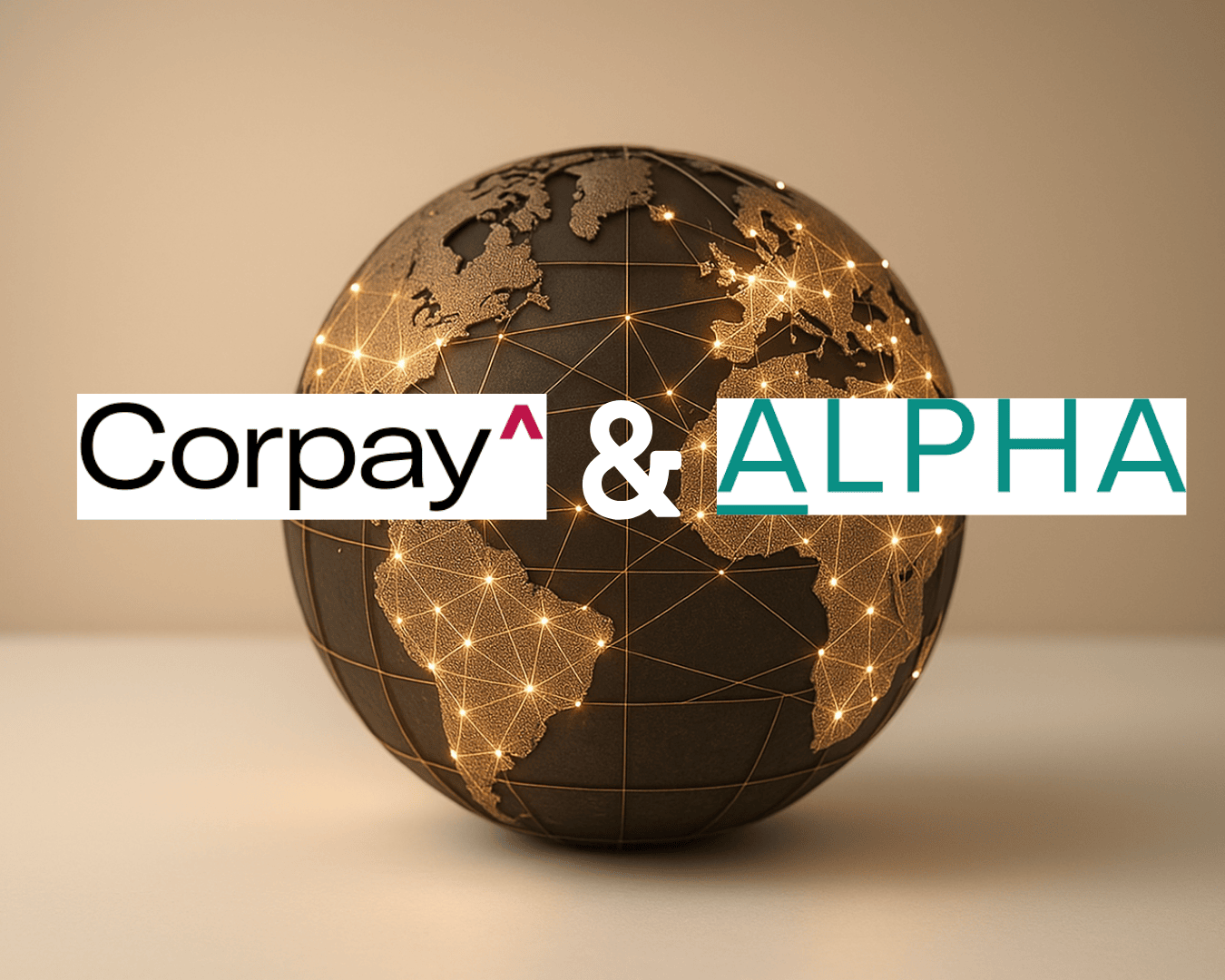












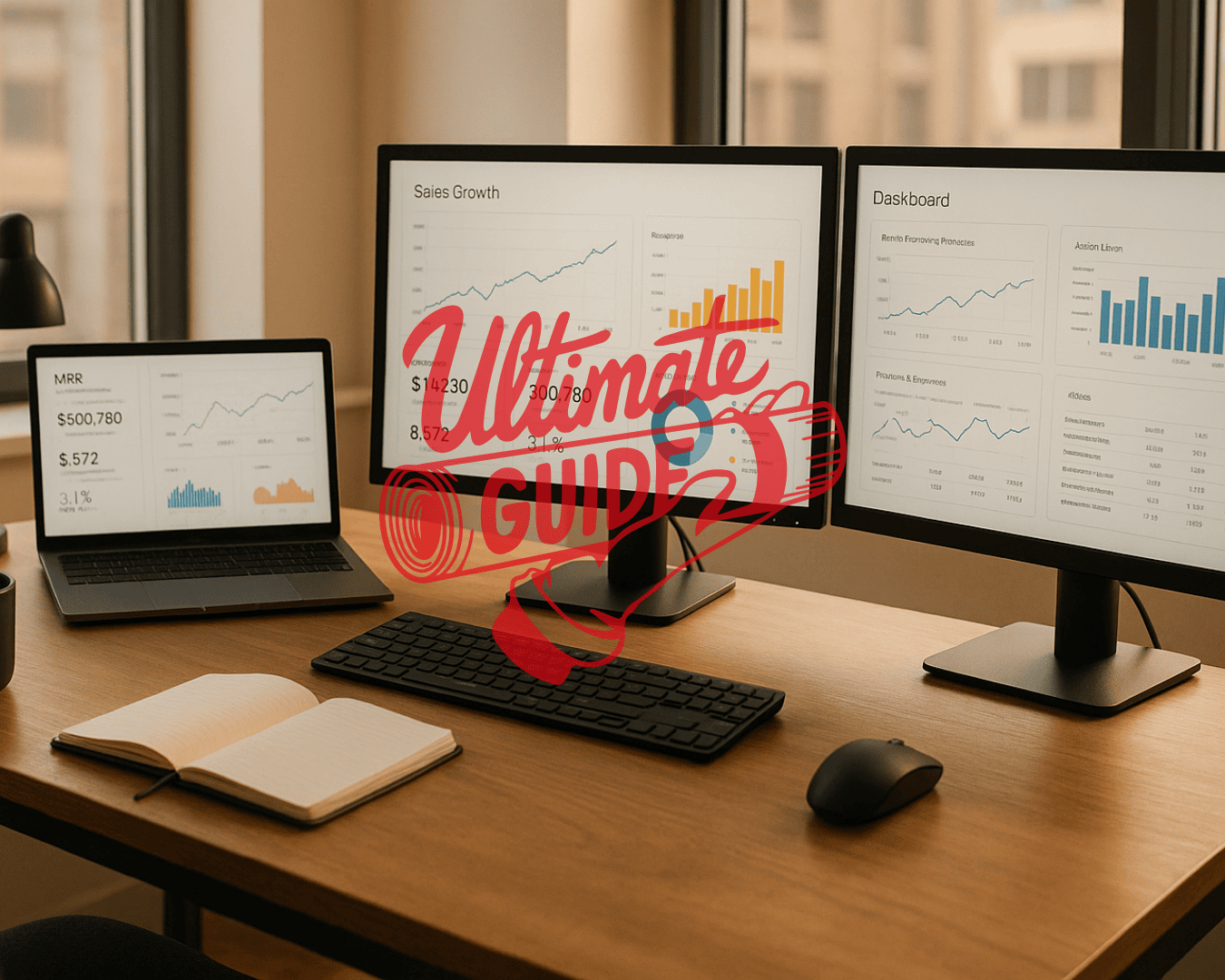










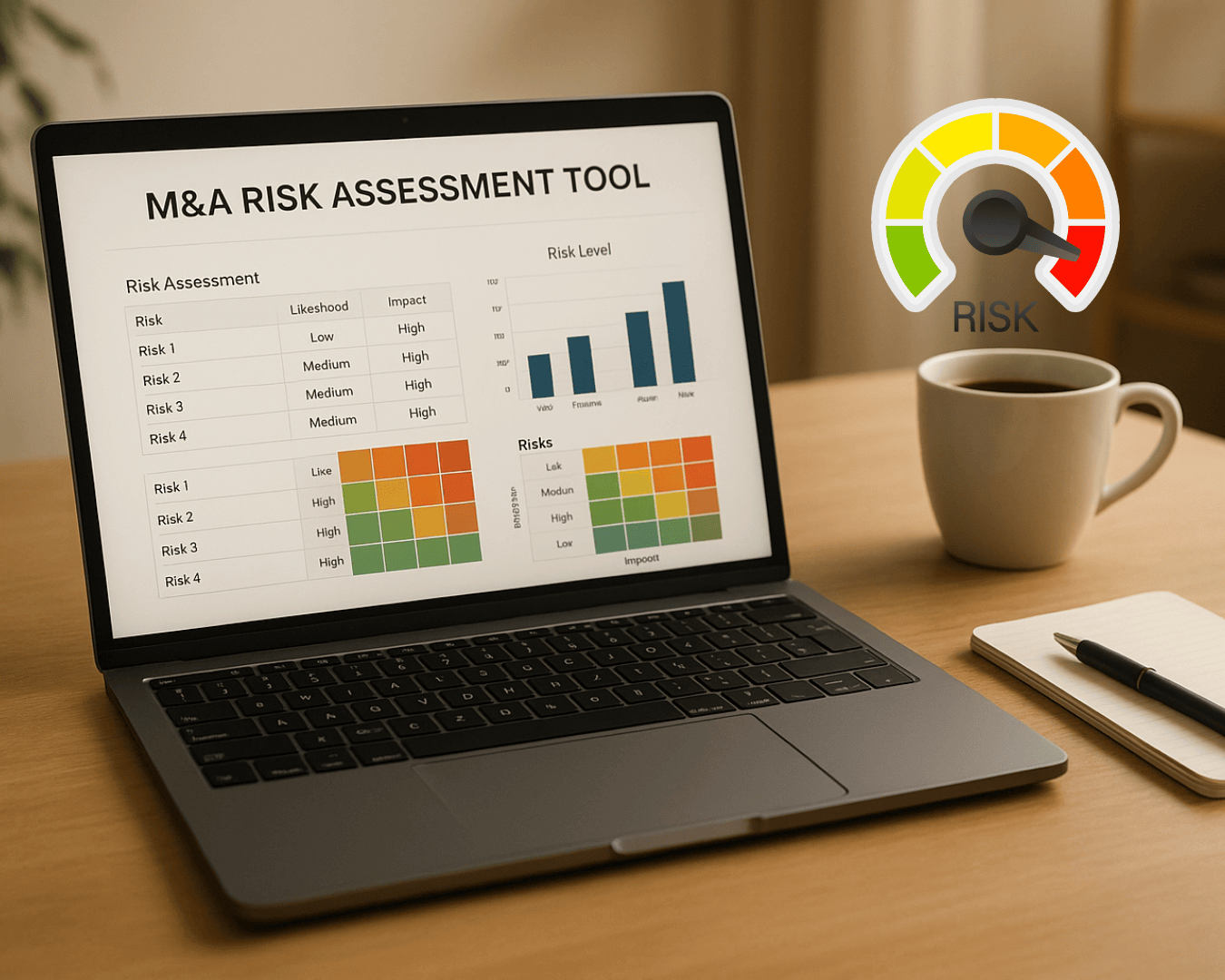


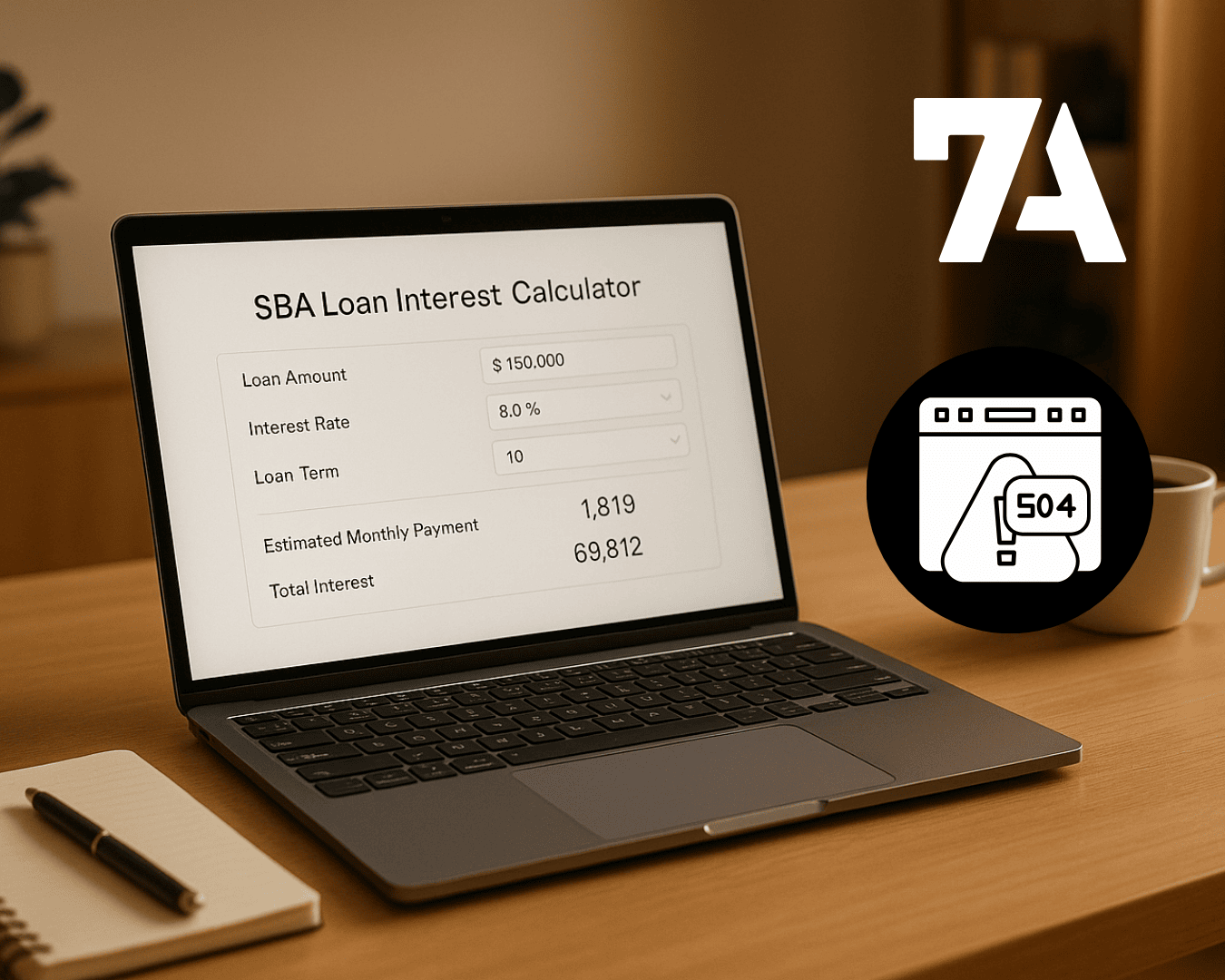








%20Loan%20Application%20Checklist.png)
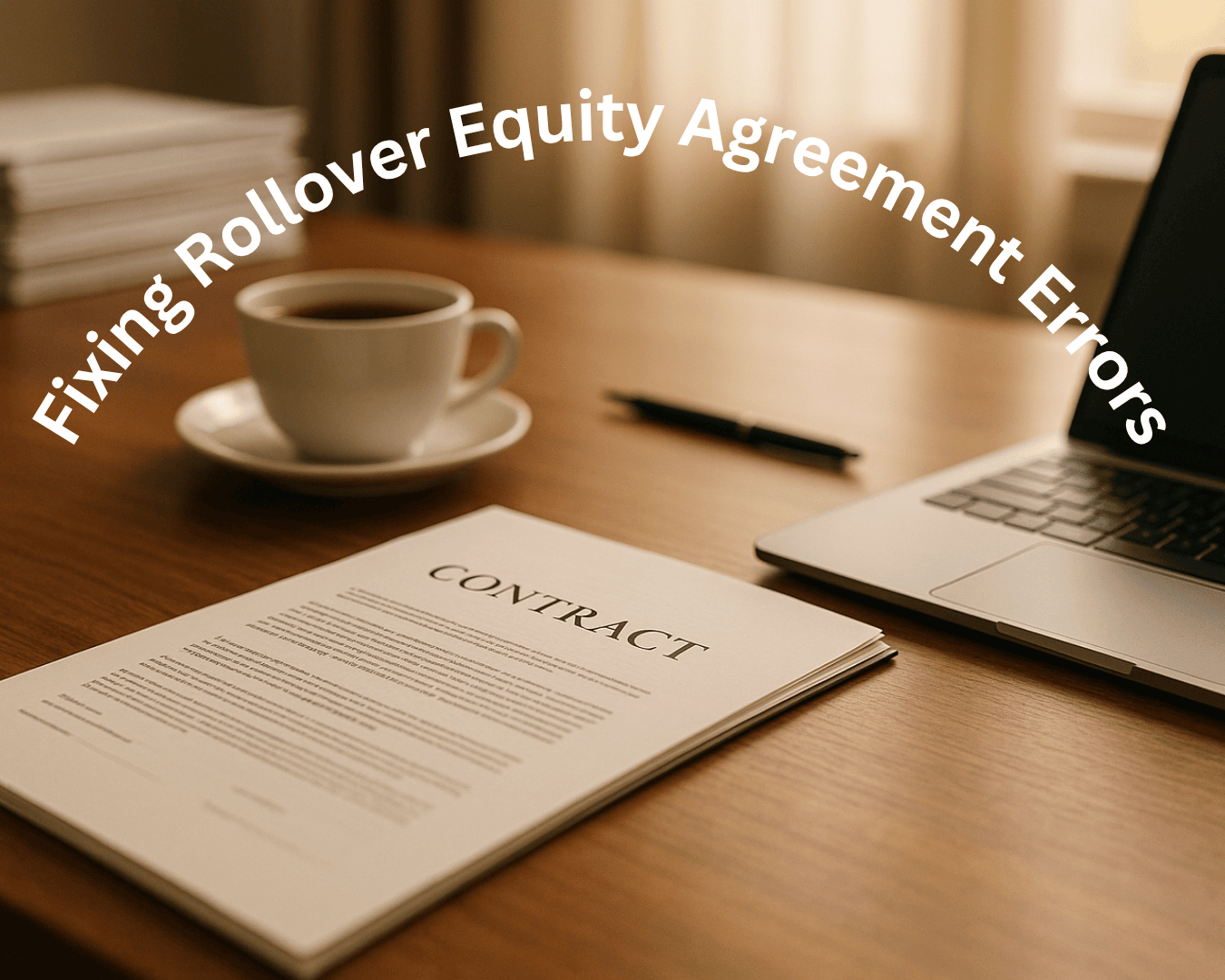












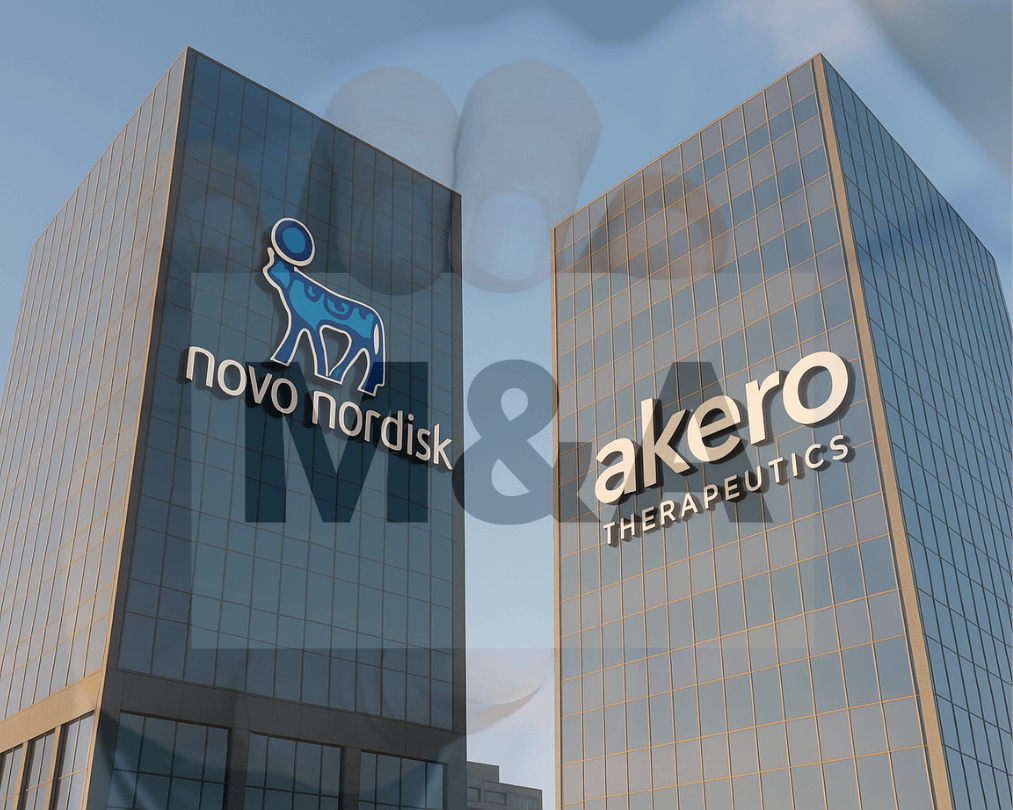



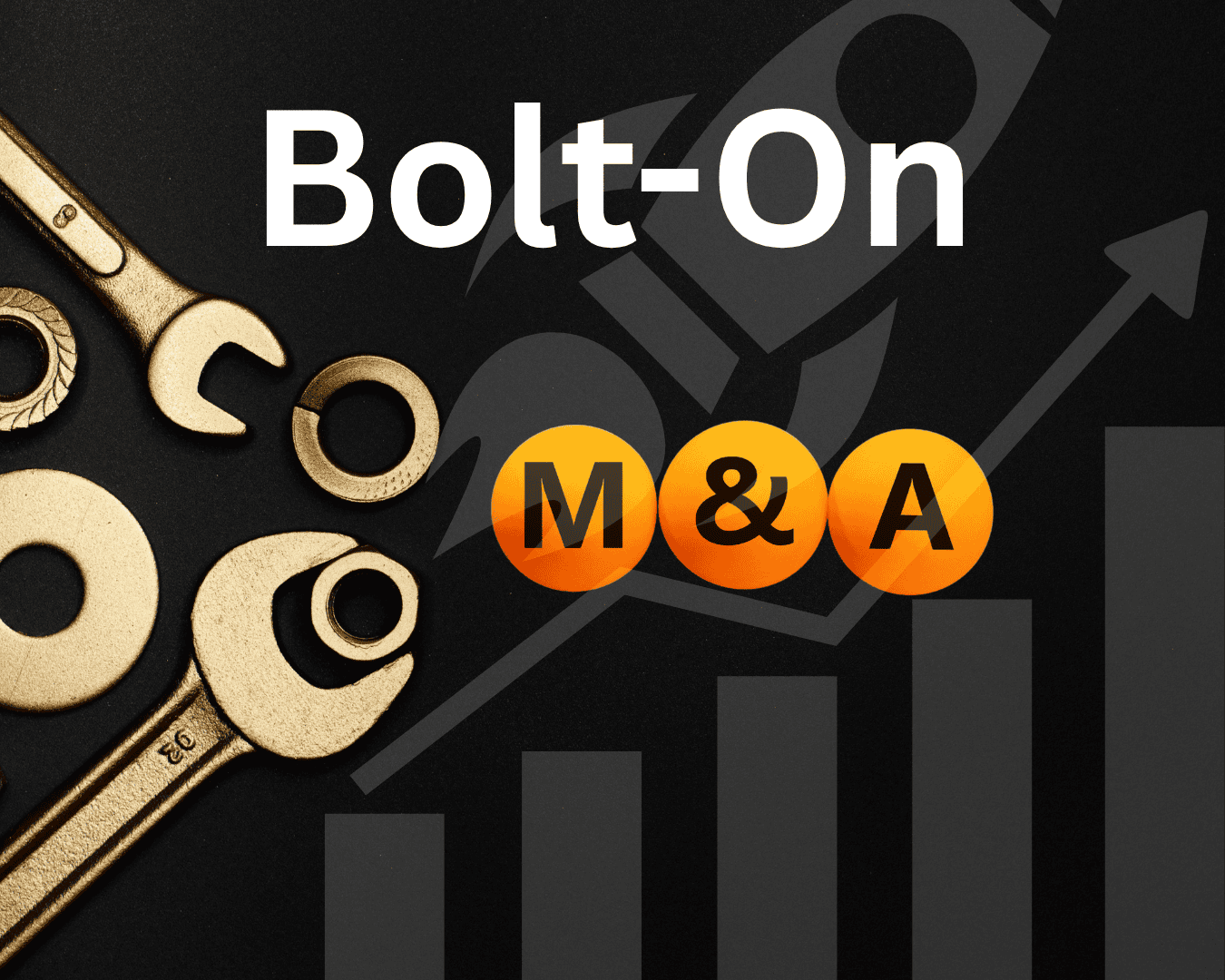










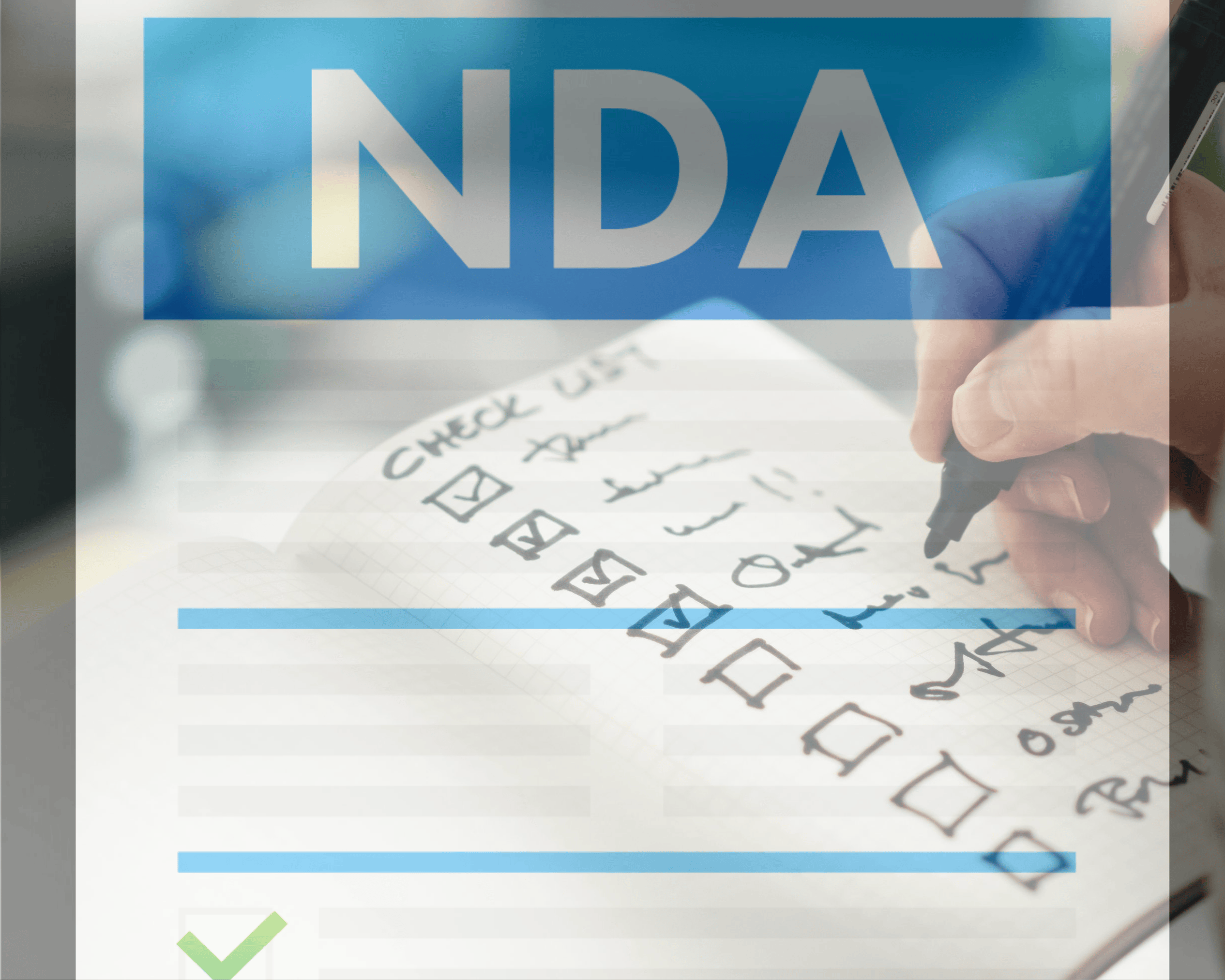

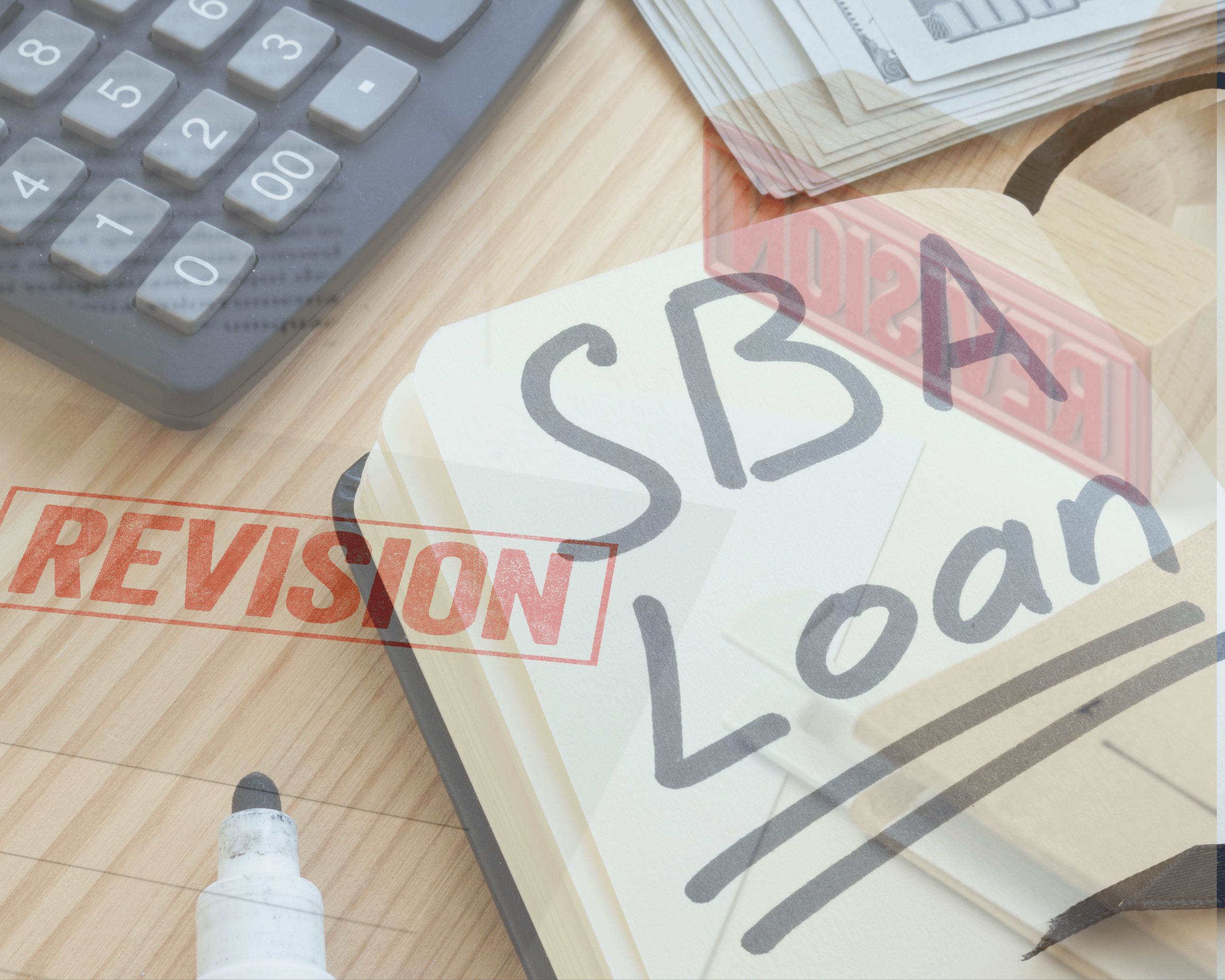








.png)
%20Loans%20%26%20Your%20Buy-Side%20Edge.png)



